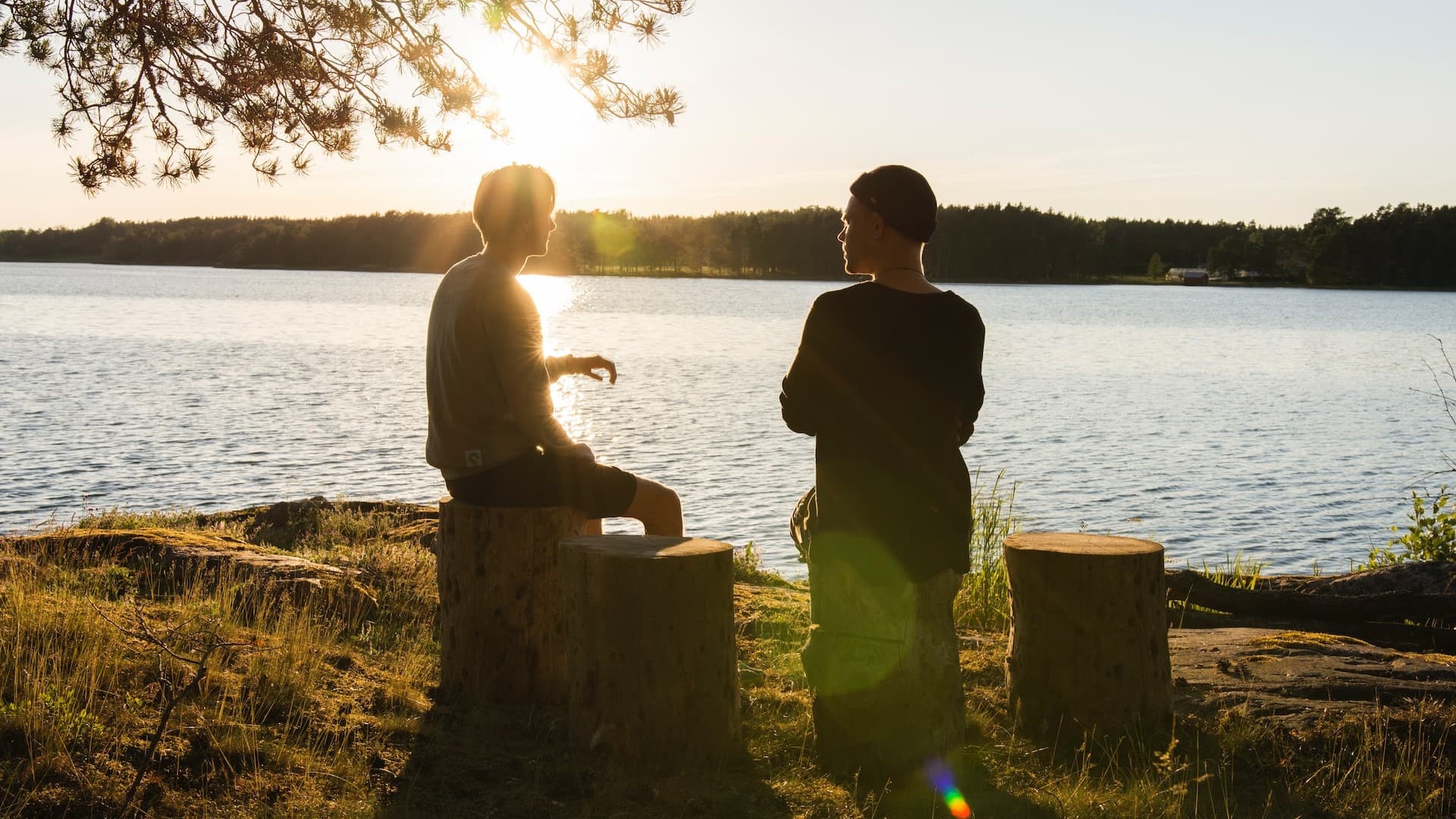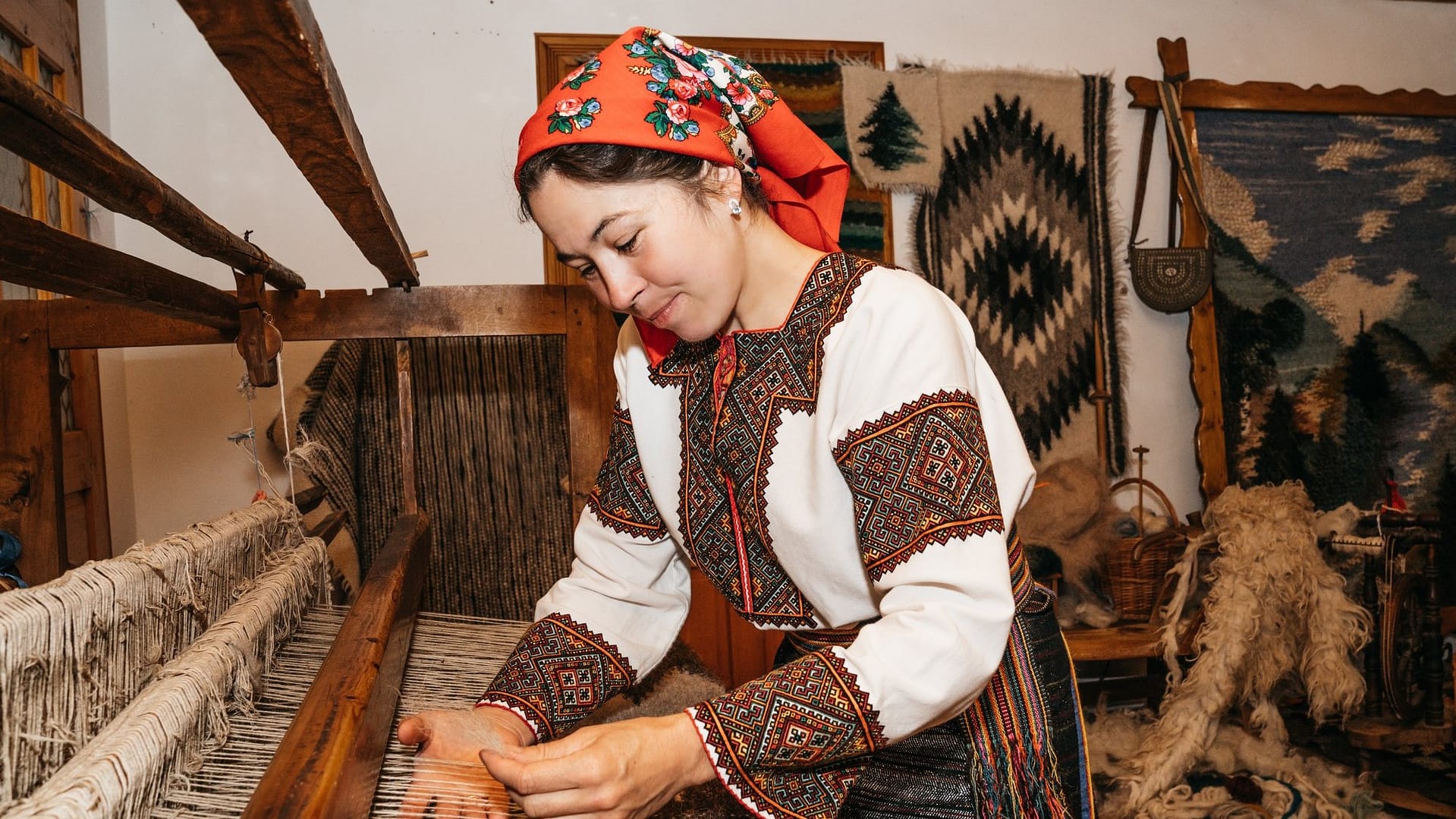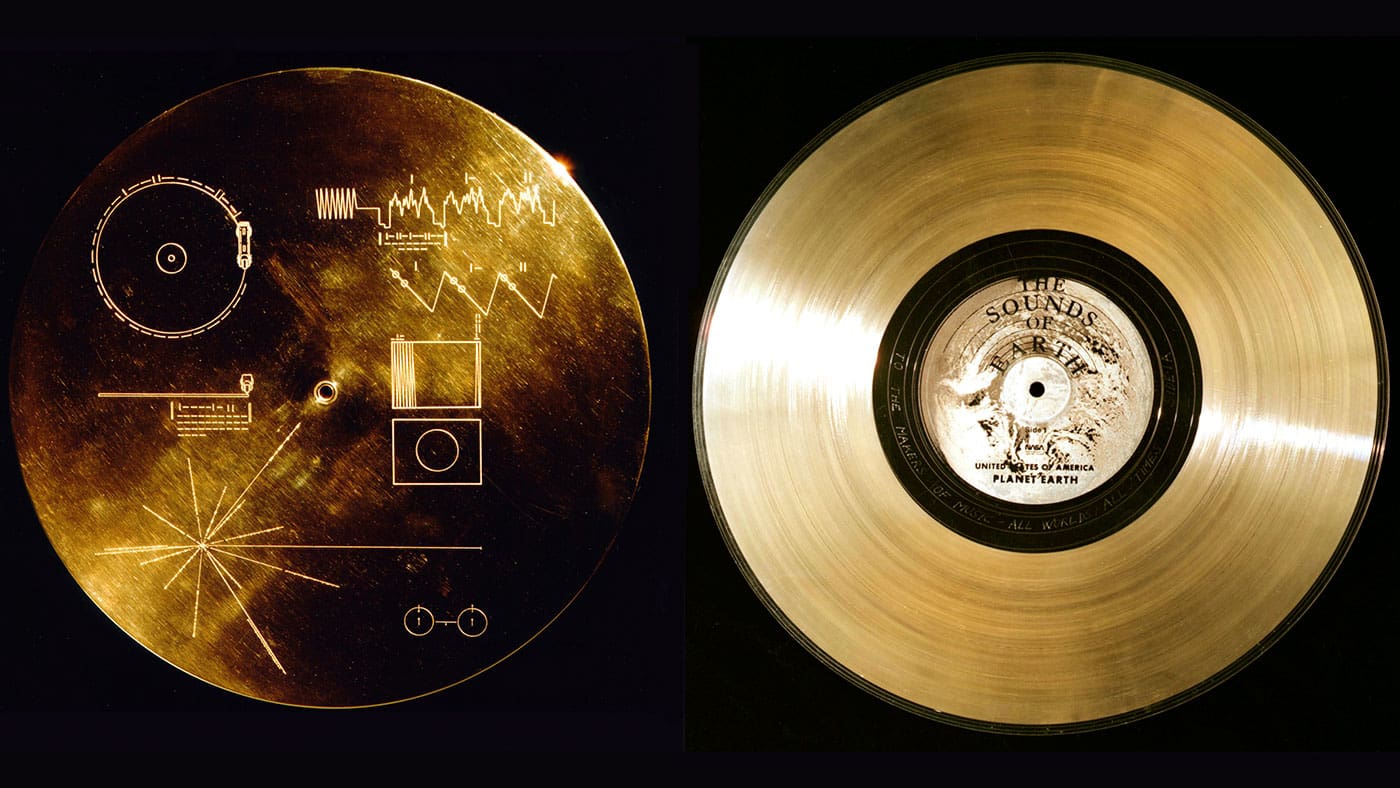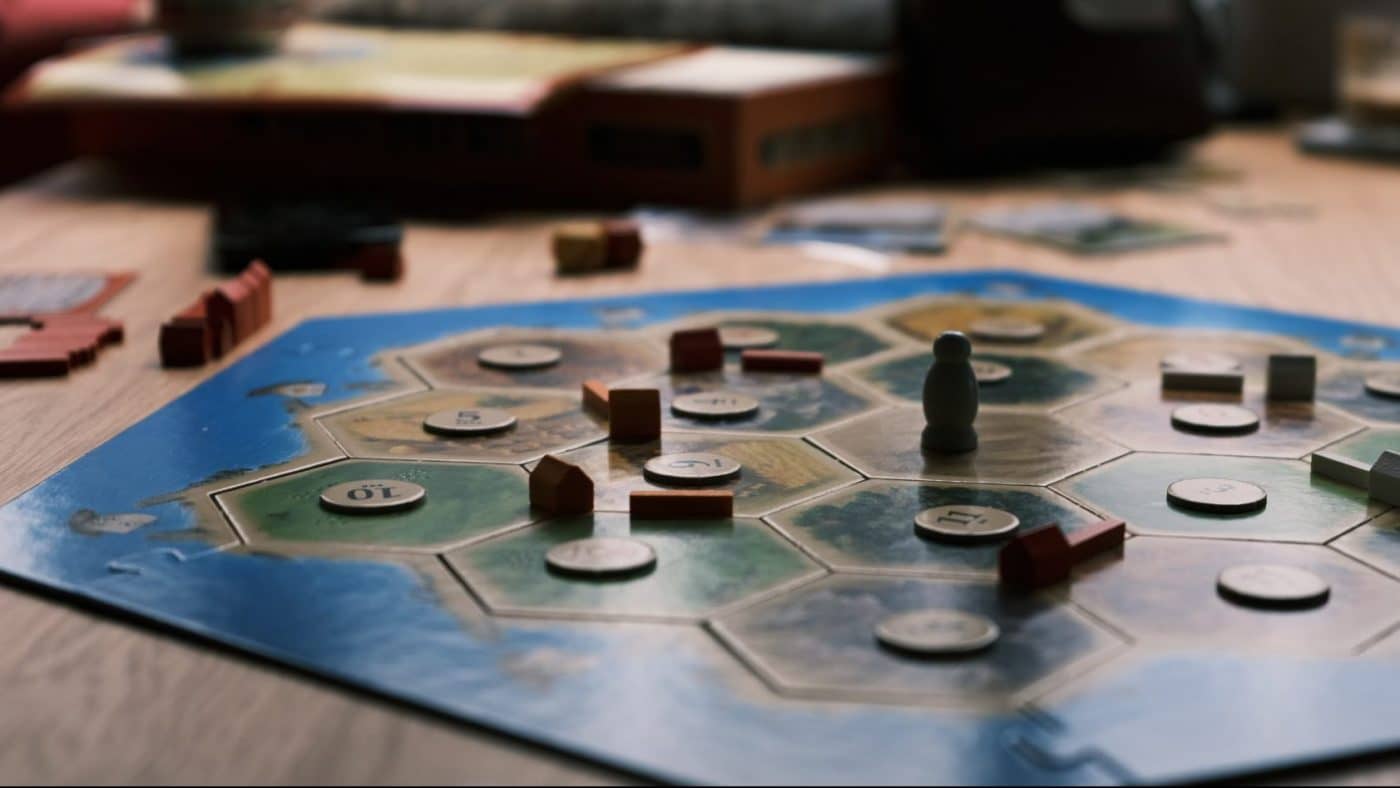This article was originally published July 5, 2019.
Could empathy be the renewable resource we need most right now? No matter your politics, race, or religion, you’re probably feeling the crush of today’s divisive climate. It might seem impossible to find the empathy needed to really listen to and understand people who hold opposing views — but it’s not! Like any skill, we can get really good at it with practice. And it’s one that actually helps us live with less anxiety and fear.
So, let’s explore the what exactly empathy looks like, how it is a renewable resource we can cultivate, and what we can do to train our empathetic muscles.

To start, what exactly is empathy?
Well, you may have heard it used interchangeably with sympathy, but it’s important that we not confuse the two.
Empathy is feeling with people, putting ourselves in their shoes, and trying our best to see the world from their perspective as we interact with them. The process of empathy is often quiet and more about listening, asking questions, refraining from judgment, and communicating that you recognize and understand the other person.
On the other hand, sympathy is directed at others, and much more reactive than interactive. We send a sympathy card to let another person know that we care about their feelings. We offer sympathetic advice, perhaps based on the experience of another person or to instinctively “cheer them up” or help them realize “It’s not so bad”.
We’ll get back to the importance of this distinction in a minute. But to help you understand the subtle differences between the two we have a great animation to share with you from the RSA Shorts series. It’s a beautiful animation by one of our favorite animators, Katy Ross–who runs the awesome animation company Superdoodle–to an excerpt from the author and thought leader Brené Brown’s talk on the Power of Vulnerability on the RSA Stage.
The RSA, The Royal Society for the encouragement of Arts, Manufactures and Commerce, is a remarkable organization well worth checking out if you are interested in the thought leaders that are pushing us forward to tackle some of our world’s big challenges. Their YouTube channel is a great place to dive into their work!
“Empathy is feeling with people.”
Dr. Brené Brown
So, why is it important to understand the difference between sympathy and empathy when we talk about today’s divided climate?
Sympathy vs. Empathy-Based Conversations
Take a second to imagine you are talking to somebody of a different political leaning. In this conversation, you stumble across a moment where you have sympathy for the other side’s point. Perhaps, they are worried about their child’s access to a “good” education. You might sympathize with this point of view, and then offer your own opinions and personal experience to explain your perspective. Maybe even saying, “It could be worse, did you know that students in…”
You probably walk away from that conversation learning very little about the other person’s perspective. And they probably walk away feeling unheard, and maybe even in more opposition to your viewpoint because they felt so unheard.
In the worst case scenarios, for instance, if you tell people how sorry you are to hear they have cancer, or that they “feel that way,” sympathy can be received as pity or belittling.
The empowering part of this equation is knowing the difference and consciously growing your use of empathy.
An Empathy First Approach
Let’s take a look at that conversation from an empathetic viewpoint.
We start off with the same person in the same conversation about their worry over access to a good education for their child. You listen to their concerns, pause, and maybe ask why access to education is so important to their political viewpoint. Now, you have a place to start asking more questions about their perspective. Learning more about why they are fearful, what motivates them to want better access to education for their child, and what they see as an impediment to their child living their fullest life. During this conversation, you don’t offer your own opinion or experience, but instead, are putting listening and understanding first.
When you walk away from this conversation the other person has now felt heard. You know more about the perspective of that person, and, in that moment of empathetic conversation, your view on your own political views and biases have been challenged and informed a little. Sometimes an empathetic conversation can be a little uncomfortable. That’s because it’s not about putting a band-aid fix on things, it’s about finding a deeper connection with somebody. Sometimes, connecting can create shifts in your view on the world.
You can’t expect somebody else’s opinion to change if you are unwilling to let your opinion change too.
Putting empathy first in a conversation says, “I’m listening.” “I’m open.” and “We can find common ground for a civil conversation.” A sympathy first conversation can feel like it says, “I’m offering ‘help’ because I want you to stop talking.” “I care, until your viewpoint bums me out.” or “Finding a place to agree isn’t why I’m here.”
An empathy first approach to talking with people who we don’t immediately align with is about confronting our own biases and looking for our humanity first in other people. Luckily, we aren’t stuck with our biases when it comes to empathy.
Stanford Professor Jamil Zaki is the director of the Stanford Social Neuroscience Laboratory. He studies how we understand and respond to each other’s emotions. His work is helping people across political and ethnic groups, as well as in fields of medicine, to develop their empathy skills.
Here’s his wonderful talk about empathy from the TEDx Marin stage, where he gives us some uplifting insights into how we could learn to hack empathy and find a solution to the divisive nature of our times.
Professor Zaki recently published a book diving deeper into the themes of his talk! So, if you’d like to explore more about empathy, bridging divides, and how we can make a kinder world, head over to The War for Kindness website.
If you want to learn more about the work of the Stanford Social Neuroscience Laboratory, you can check out their website! They are researching deeply into the topics that have the power to change the negative dialogue about our world!
Knowing Empathy is a Skill
If our collective empathy has decreased, it’s no wonder we feel the way we do and catch ourselves in the downward spiral about our times! Fortunately, we know that we are not stuck this way. As Jamil pointed out, just knowing that empathy is a skill and not a set trait makes people work harder to practice empathy.
Imagine if we taught that in schools or shared that fact with our friends and co-workers. How could we work together to be more empathetic? I mentioned at the top that empathy could be our greatest renewable resource, and now, we know we can tap into it!
The next thing to tackle is how!
Let’s get back to our sympathetic versus empathetic conversations. If we now know that empathy is a skill and not an ingrained trait, what can flex our empathetic muscles and develop them? We don’t get good at a skill by doing it once in a while, it takes a little practice.
We already know that empathy is the combination of sharing and understanding experience with people. And we know that an empathetic interaction has for parts: perspective taking, staying out of judgment, recognizing emotion in other people, and communicating that you recognize the other person’s emotion.
Let’s get practical for a moment. The always enlightening channel, Lifehacker, has this great animation to get us started on three ways we can start to practice empathy.
Three simple ways to start:
1.) Be Observant of Others.
Focus on the other person’s state of being rather than trying to categorize them. Genuinely care, and be curious.
2.) Use Active Listening.
Slow down and consider what the other person is saying before you speak. Ask follow up questions. What are their life experiences? How did they grow up? Where do they come from? Remember, you don’t have to share somebody’s opinion in order to understand it and acknowledge it.
3.) Open Up
Opening up about your own experiences and sharing vulnerability helps us discover shared commonalities.
Just start simple. You don’t have to begin with the person on a completely opposing viewpoint to start. Begin with just looking up and observing, practicing active listening, and opening up with the people already in your life. These three basic principles can help you cultivate a habit of empathetic listening and conversation.
Changing the way we all feel about the state of our world starts with each of us. If we are feeling overwhelmed by things, why continue to escalate the downward spiral in our own lives? Cultivating these skills of empathy is a little thing each of us can do to feel better about the world. Starting here, we can bring about the change needed to start listening to and caring for each other better.
Stay beautiful & keep laughing!
-Liesl

Don’t miss out on a single article!
Enjoy unlimited access to over 500 articles & podcast that give you a positive perspective on the state of the world and show you practical ways you can help.
Notes:
- The RSA. “Brené Brown on Empathy.” YouTube, The RSA, 10 Dec. 2013, www.youtube.com/watch?v=1Evwgu369Jw. Accessed 24 June 2019. ↩
- TEDx Talks. “BUILDING EMPATHY: How to Hack Empathy and Get Others to Care More | Jamil Zaki | TEDxMarin.” YouTube, TEDx Talks, 18 Oct. 2017, www.youtube.com/watch?v=-DspKSYxYDM. Accessed 24 June 2019. ↩
- Lifehacker. “The Importance of Empathy.” YouTube, Lifehacker, 3 Feb. 2017, www.youtube.com/watch?v=UzPMMSKfKZQ. Accessed 24 June 2019. ↩








